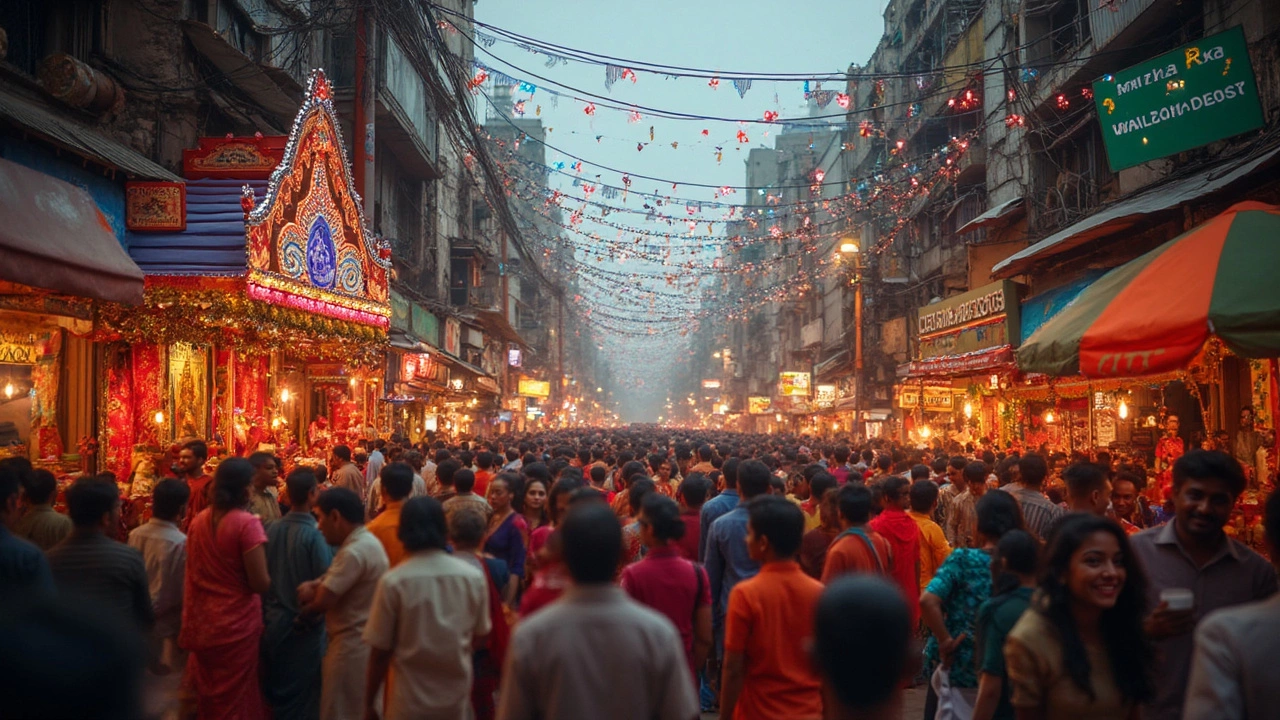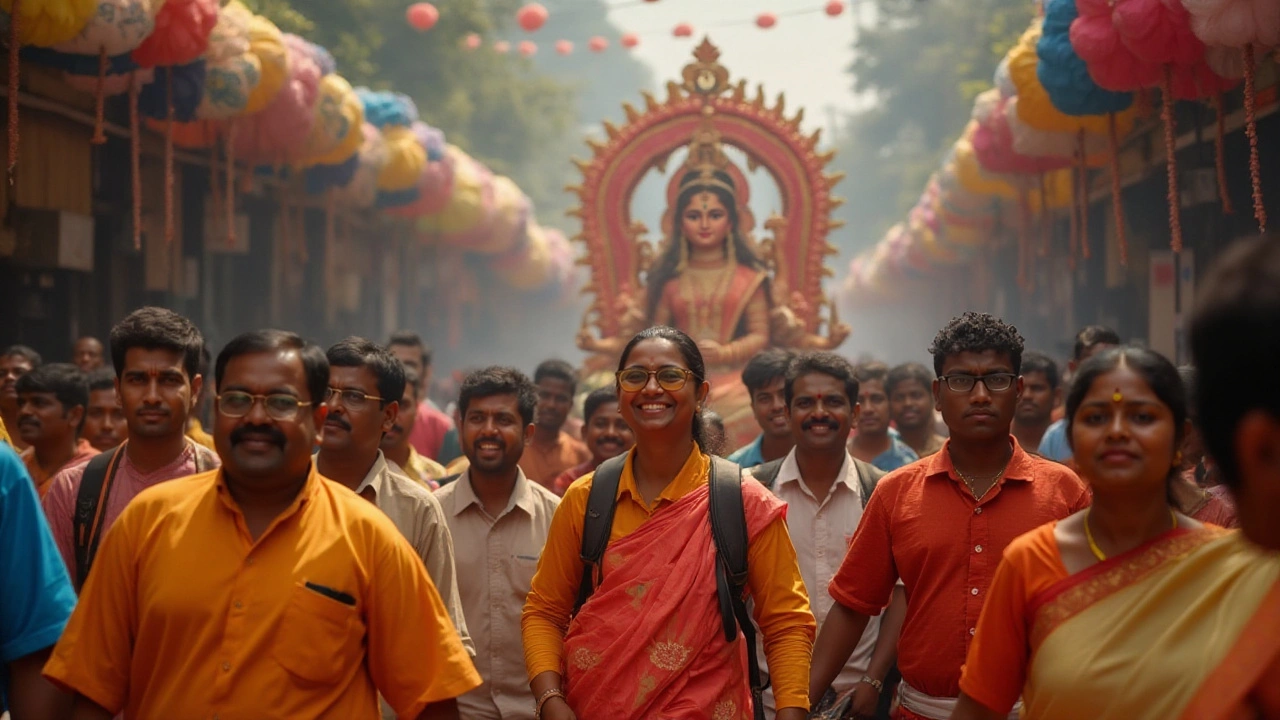Durga Puja: What It Is and How to Celebrate
Durga Puja is the biggest festival in Bengal and one of India’s most colorful events. It marks the triumph of the goddess Durga over the buffalo demon Mahishasura. Families decorate homes, set up grand pandals, and gather for food, music, and prayers. If you’re new to the festival, this guide will show you the basics and give handy tips to join the fun.
Key Traditions and Rituals
Every day of the five‑day celebration has its own ritual. The first day, Shashthi, starts with the sowing of rice and the installation of the goddess’s idol. On Saptami, a special prayer called sandhi puja is performed at the exact moment of sunrise and sunset. Ashtami is the highlight – the goddess is worshipped with elaborate offerings, drums, and dance. The night ends with a spectacular light show called dhunuchi that fills the air with incense and music.
On Nabami, people visit different pandals, enjoy street food, and watch cultural performances. The final day, Vijaya Dashami, sees the immersion of the idols in rivers or lakes. This symbolizes the goddess’s return to her celestial home and marks a respectful goodbye.
Tips for a Modern Celebration
Want to celebrate Durga Puja without feeling lost? Start by picking a local pandal that’s easy to reach. Most cities have a map online, so you can plan a short walk or a quick metro ride. Arrive early to avoid crowds and snag a good spot for the evening aarti.
Food is a huge part of the festival. Try classic dishes like khichuri, beguni, and sweet mishti doi. Street vendors often serve these at reasonable prices, but bring cash because many stalls don’t accept cards.
If you’re looking to add a personal touch, try making a small prasad at home – simple sweets like coconut laddus are easy to prepare and appreciated by guests. Also, dress in bright colors; women often wear red or orange sarees, while men opt for kurta‑pajama combos.
Don’t forget to respect the environment. Use reusable plates, avoid single‑use plastic, and help clean the immersion site after the idols are taken out of the water. Small actions make a big difference and keep the spirit of the festival alive.
Finally, soak in the music and dance. Local groups perform traditional drumming (dhak) and folk dances that bring the whole community together. Even if you don’t know the steps, clapping along shows your enthusiasm and makes the experience more enjoyable.
Durga Puja is more than a religious event; it’s a chance to connect with friends, family, and a whole city buzzing with colors and sounds. Follow these simple pointers, stay open to new experiences, and you’ll leave with memories that last well beyond the festival’s final day.

